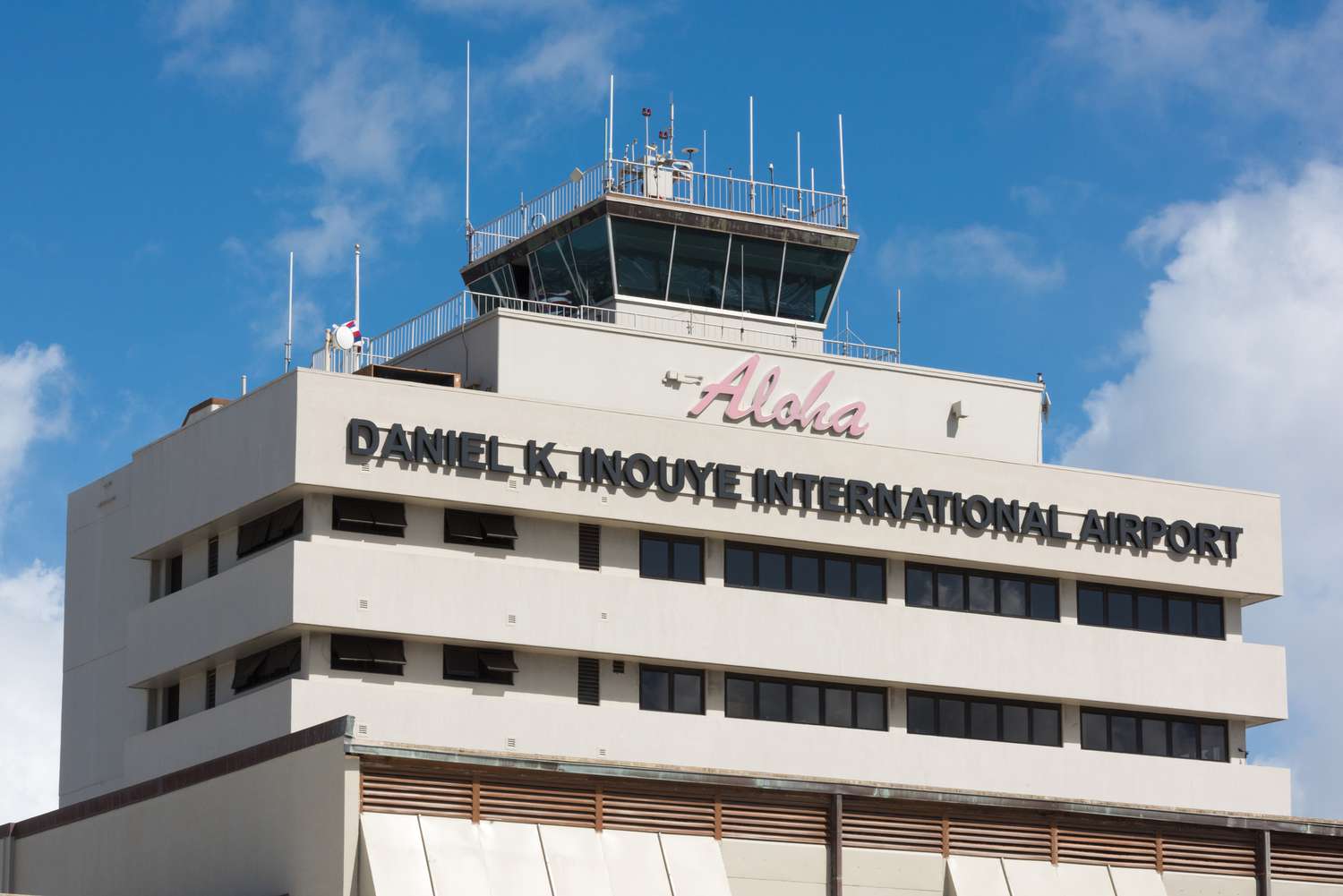Gates At Hawaii's Busiest Airport Are Closed Because Of A Bed Bug Infestation
Gates at Hawaii's busiest airport are closed because of a bed bug infestation. After the discovery of some nasty tiny bugs at Terminal 2 earlier this week, various gates of Hawaii's major airport, Daniel K. Inouye International in Honolulu, were shut down for the purpose of decontamination.
Author:Michael RachalReviewer:Finn WildeJun 05, 202332.3K Shares1M Views

Gates at Hawaii's busiest airport are closedbecause of a bed bug infestation. After the discovery of some nastly tiny bugs at Terminal 2 earlier this week, various gates of Hawaii's major airport, Daniel K. Inouye International in Honolulu, were shut down for the purpose of decontamination.
Daniel K. Inouye International Airport, formerly known as Honolulu International Airport, is the primary airport serving the city of Honolulu and the state of Hawaii in the United States.
It is located on the island of Oahu, approximately 6 miles (9.7 kilometers) northwest of downtown Honolulu. The airport is named after Daniel K. Inouye, a distinguished senator from Hawaii who served for over five decades.

Bed bugs at Honolulu’s airport trigger deep cleaning, gate closures
Daniel K. Inouye International Airport is the busiest airport in the state of Hawaii and one of the busiest in the United States. It serves as a major gateway for both domestic and international flights, connecting Hawaii to various destinationsaround the world. The airport has three runways and multiple terminals, handling millions of passengers each year.
Ed Sniffen, the Director of the Hawaii Department of Transportation (HDOT), told HawaiiNewsNow that his organization was initially informed to the existence of the nasty insects in one of the E Gates on Monday, but at that point, the claims were unsubstantiated and could not be taken seriously.
Despite this, the Department of Transportation of Hawaii (HDOT) went in to clean the area and remove any objects that they thought would have attracted the micro-vermin.
However, the very following day, a manager from Southwest Airlines called the agency and was able to offer a specimen. This confirmed that the pests were bed bugs and indicated that an infestation of the little blood-sucking insects was infecting the region.
According to a report by a local news station, Gates E5, 6, and 7 were closed from the afternoon on Wednesday until the evening. This was done so that employees could complete a thorough cleaning, remove the carpeting, and apply a non-toxic insect spray. Additionally, a pest control firm was brought in to perform preventative measures.
Bed bugs are notoriously difficult to locate and identify due to their minuscule size and propensity to conceal themselves in the smallest of cracks and crevices. They are famously difficult to get rid of, particularly because there is no chemical method that is shown to be helpful in removing them.
Although the Hawaii Department of Transportation (HDOT) has not provided any information on the origin of the bed bugs, it is known that these pesky insects are able to remain hidden for extended periods of time in cracks and crevices in hard surfaces, as well as within the seams of baggage, bedding, and clothing items.
Final Words
The affected gates were reopened on Thursday, and there were no reports of any flights being delayed or canceled as a result of the restrictions, as stated by USA Today. Officials from the state have stated that extra cleaning procedures would continue over the course of the next two weeks to prevent any recurrence, and as a result, tourists may see intermittent closures.
Sniffen stated in a statement that:
“„Additional deep cleaning will take place per recommendations over the next three weeks to prevent recurrence. Southwest and the Hawaii Occupational Safety and Health Division have been updated on the actions HDOT is taking.- Ed Sniffen
Jump to

Michael Rachal
Author
Michael Rachal believes that luxury lies in the details. With over 20 years of experience in the luxury travel industry, he has crafted hundreds of bespoke itineraries for clients seeking personalized, unforgettable experiences.
Whether guiding clients through private cultural tours or curating culinary journeys with world-renowned chefs, Michael ensures that each trip is tailored to perfection.
His ability to anticipate needs and exceed expectations has earned him a reputation as a leading expert in luxury travel.

Finn Wilde
Reviewer
For Finn Wilde, the wilderness is more than just a destination - it’s a way of life. Over the past decade, he has led multiple expeditions in some of the world’s most remote regions, from the icy fjords of Greenland to the rugged trails of Patagonia.
Finn emphasizes sustainability in all of his adventures, helping participants connect with nature while promoting responsible exploration. His expeditions inspire individuals to explore the great outdoors while fostering a deep respect for the environment.
Latest Articles
Popular Articles